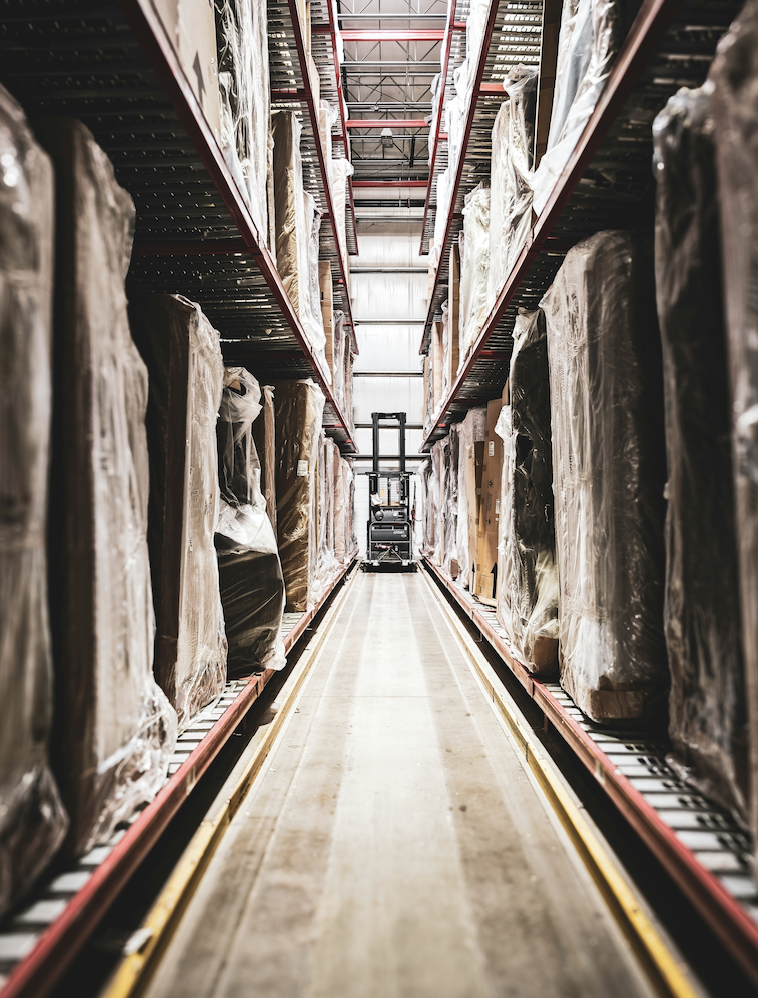In a context of ever-evolving logistical challenges, artificial intelligence is becoming a keylever to rethink replenishment, streamline flows, and refine planning.
From Static Replenishment to Real-Time Adjustment
Historically, replenishment relied on fixed rules: as soon as a product dropped below acertain minimum stock level, it was reordered. The issue with this system is that it doesn’ttake into account actual demand fluctuations, supplier issues, or the local specificitiesof individual points of sale.Today, thanks to AI, it is possible to integrate a wide range of data (real-time sales,weather, events, seasonality, local trends) to fine-tune sales forecasting and improveforecast accuracy. Some companies report a +30% improvement in forecast accuracyafter six months of using AI-powered solutions.
Reducing Lost Sales… and Excess Inventory
The impact is directly visible on operations. Fewer stockouts mean fewer lost sales anda higher product availability rate. On average, an 80% reduction in stockouts (whencombining replenishment, rebalancing, and restocking) can be achieved with a well-configured AI solution. Fewer overstocks or dormant inventory means less tied-up capitaland lower costs.AI could also help monitor stock levels and optimize thresholds such as safety stock andminimum stock levels. Algorithms would adjust recommendations in real time, pavingthe way for more agile—and potentially more profitable—replenishment.
A More Agile Supply Chain
AI doesn’t replace buyers—it gives them visibility and saves them valuable time. It isestimated that partially automating forecasting can free up to 30% of supply teams’ time.This approach allows for better resource allocation, improved product distribution, andmore effective coordination with suppliers.
Companies that choose to embrace this shift today will gain in efficiency,responsiveness, and competitiveness.
Our articles
Own your operations with AI Intelligence























